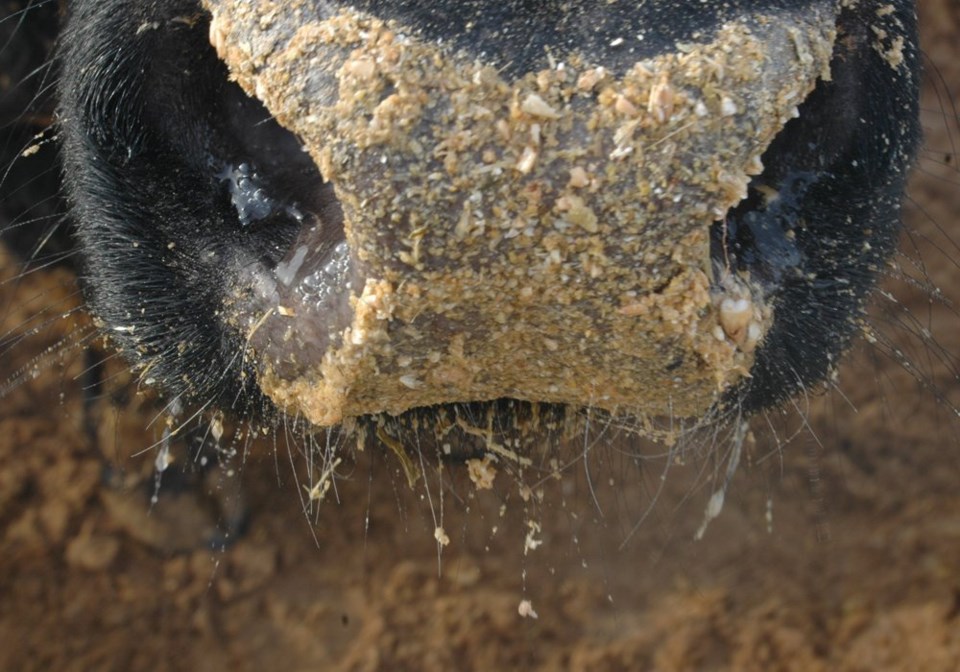The relaunch of the Hay West program comes nearly two decades after the Canadian Federation of Agriculture sparked the original initiative. The program transports cattle feed donated by eastern farmers to western producers hit by last summer’s major drought.
Federal Agriculture Minister Marie-Claude Bibeau said during Ottawa’s additional funding announcement that eastern farmers have again stepped up to help their western counterparts.
“The relaunch of Hay West 2021 by the Canadian Federation of Agriculture is helping to meet that need,” said Bibeau. “Since August, Hay West has shipped 5.6 million pounds of hay from the Maritimes, Quebec and Ontario to farmers in need.”
Mary Robinson, CFA president, outlined how badly feed is needed for ranchers struggling to maintain their herds.
“The drought in Western Canada made it pretty much impossible for prairie farmers to grow enough feed to provide their livestock as they normally would,” said Robinson during the announcement in Ottawa. “They need that feed now. They need it throughout of the rest of winter and they need it into spring when they can hopefully turn their livestock out to pasture.”
The lack of feed has the potential to threaten the livelihoods of ranchers, food production nationally and create an animal welfare crisis if not addressed, she added.
“I can’t imagine the stress and worry being carried by these farmers as they not only watch their crops dry up this summer, but they have lost the ability to feed their animals that they cared for and raised for years and they have to face the fact there are very few options to improve their situation,” Robinson said.
While the $4 million is being welcomed, Chad MacPherson, Saskatchewan Stock Growers Association’s general manager, said his organization is also promoting moving cows east to help build maritime cattle herds, as well as bringing corn feed north from the States.
And the rise in corn feed imports has been exponential compared to earlier years as ranchers look for alternatives to keep their herds fed.
“I believe there was only eight train loads of corn imported by CP all of last year,” said MacPherson, adding that number is expected to skyrocket in 2021.
He said there has been a range of initiatives — both large and small — which have kept producers going despite the challenges.
“Whether that is government assistance, feed grains coming in from the States, even late rains in August that helped canola regrowth that helped generate additional tons of feed,” said MacPherson. “There is a lot of good stories out there of people scrounging and being creative to gather up enough feed to hopefully get the herd through.”
But even with feed starting to flow into Western Canada, MacPherson worries the next issue for ranchers could be a lack of water unless precipitation returns over the winter and spring to recharge dugouts.
There are also the financial consequences of this year’s drought, which has hit producers’ balance sheet as they’ve incurred additional debt and lost equity, he added. But if producers can weather the storm, the outlook looks positive
According to the CFA, Hay West has provided feed for 17,000 cattle but more will be required to minimize long-term impacts from the drought.

